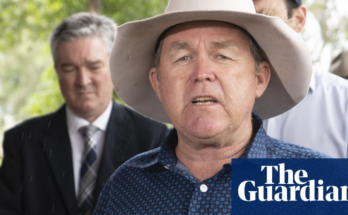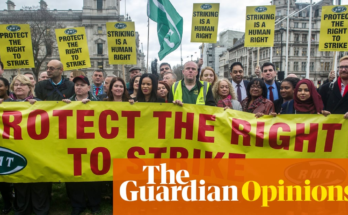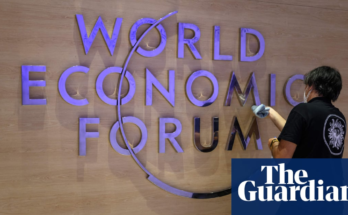If you’ve ever watched a daily vlog, a package unboxing, or a clothing haul on YouTube, you may understand the appeal of lifestyle influencers. These manicured, subtly-filtered people — who are usually women — enchant their viewers with their ringlit videos and highly-curated Instagram feeds.
Even before COVID, these types of influencers were facing backlash for a number of reasons — quitting their “real” jobs, contributing to unattainable body image ideals, selling snake oil, among others.
Now, nearly a year into the pandemic, there’s more to loathe than ever. I’m over lifestyle influencers, and I don’t know if I can ever go back.
Some capital-i Influencers have made themselves easy targets for ire, like TikToker Bryce Hall, who threw parties with more than 100 guests in the midst of the pandemic. Another, Tana Mongeau, blatently said she “doesn’t fucking care” about COVID safety precautions.
But even the influencers who’ve taken the pandemic seriously, who’ve stayed inside and paraded their masked faces on camera going to Trader Joe’s — I’m over them too. As they’ve continued to document their “real” life, through selfie clips edited together with plucky music, I’ve became more and more disillusioned.
At the start of the pandemic, influencers had the same confusion and panic as the rest of the internet/country/world. They vlogged their days at home and the empty store shelves; some cried to their DSLRs.
As someone who was equally confused and panicked at the start of this staying-at-home slog, I felt terrible watching these videos. They reflected my experience and made me all too aware of how widespread our new reality was. Hitherto, I’d watch lifestyle vlogs as entertainment, to kill time, or to find out if a brand was actually worth trying out. When the pandemic hit, vlogs ceased to offer any escape and only reminded me of our very real hellworld.
As 2020 wore on, my aversion to these videos only grew stronger. Some vloggers went the toxic positivity route, always trying to find the “good” in the situation. Those were easy to take out of my usual rotation, but others were sneakier. They were more “real” about their experience — but a viewer has to examine how real it actually is. Footage in vlogs, just like any other piece of content, is handpicked, edited, filtered. If an influencer is having a bad day or sobbing on camera it’s because they wanted you to see it; it’s curated mess, curated “realness.”
When the pandemic hit, vlogs ceased to offer any escape and only reminded me of our very real hellworld.
Beyond toxic positivity and selective negativity, another nefarious factor was at play: the need for influencers to sell. This was true before COVID, but even in the midst of the chaos these #ads never stopped. I’ve seen discount codes and diatribes about meal subscription boxes, beauty products, clothing, website domains — everything. When the world halted, influencers and brands kept churning out marketing material. Especially when millions of Americans are unemployed, a millionaire influencer hawking yet another moisturizer I don’t need seemed tone deaf.
Yes, I know influencers make their living off sponsorships for superfluous products. During a global crisis, however, the need for this profession model seems more insignificant than ever.
So I’ve opted out of watching them hawk their wares. Surprisingly, however, I do still watch YouTube daily. Clicking away from lifestyle influencers actually allowed me to find a different genre that I find even more entertaining: commentary channels.
Commentary channels deep dive into current events while providing their own #takes and explore corners of the internet that haven’t made the mainstream yet. The difference is not only the content, but the focus. Instead of being about the channel owner’s day-to-day life, commentary channels are about the owner’s interests, research, opinions.
These YouTubers gave way to film reviewers, political commentators, and other genres I never fully explored in the “lifestyle” trenches of Starbucks and lash extensions and #spon. Now when I go to YouTube, I’m greeted not with the same few (often white) smiling faces, but a variety of pop culture and societal dissections.
I won’t say I’ll never watch a vlog or an unboxing again — I’m only human. It’s also true that non-influencer channels have paid sponsorships, although they tend to place them at the tail end of their videos and they seem tangential to the experience.
Regardless, the past year has made me examine my YouTube habits in a way I never had before. Instead of watching small glimpses of an influencer’s day, I watch a commentary channel dig into a TikTok trend I didn’t know about, or a pundit examine this week’s political antics. I’ve realized I’d rather be on YouTube to benefit myself, not watch someone else’s life through a selective lens.



